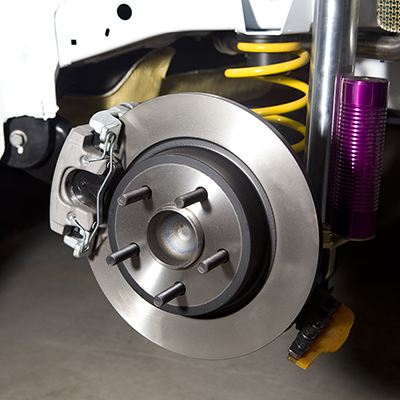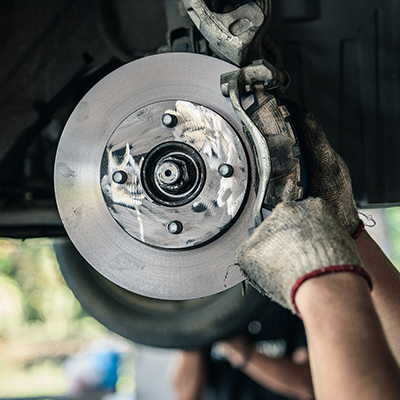How to Change Spark Plugs

Last updated September 7, 2023
Spark plugs are responsible for delivering electricity from your ignition to your engine. Good spark plugs ensure a smooth start each time you turn on your car. If your vehicle is struggling to start when you turn the key in the ignition or your check engine light appears on the dashboard, it may be time for a replacement. This guide will explain the basics of how to change spark plugs.
Difficulty:
Intermediate
Duration:
Under 2 hours
Table of Contents
Confirm the Issue
Gather Supplies
Open the Hood
Disconnect the Wires
Remove the Old Spark Plugs
Prepare the New Spark Plugs
Confirm the Issue
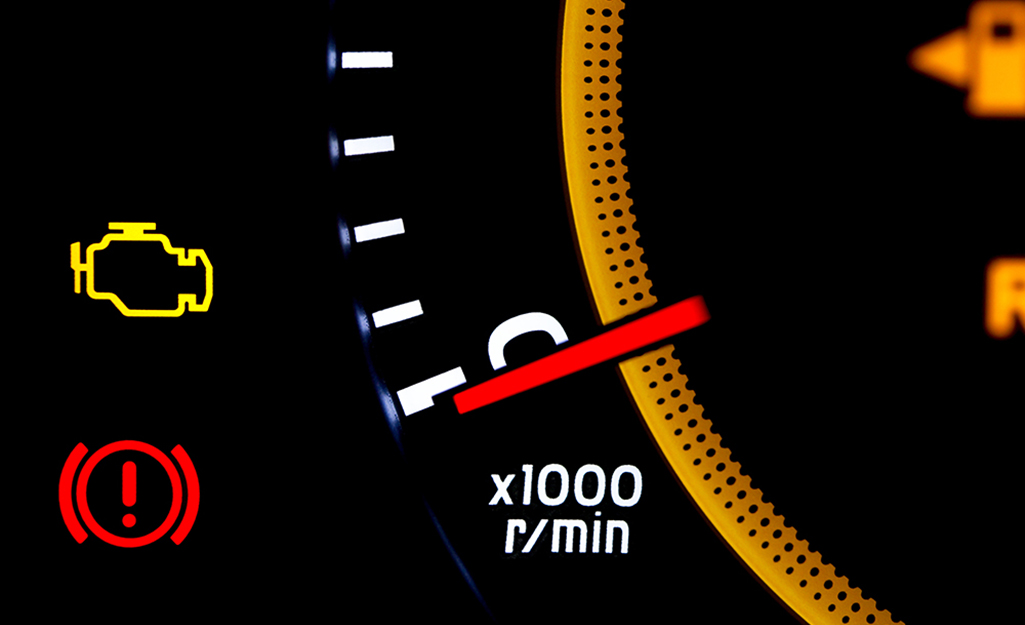
Many car owners aren’t aware of how often spark plugs should be changed. If you’re having trouble starting your car or your check engine light appears, it may be due to old spark plugs. As a rule, spark plugs should be replaced every 20,000 to 40,000 miles. This number varies depending on the make and model of your car. How often you drive daily can also affect when they need to be changed. The best way to confirm when spark plugs should be replaced is by checking your owner’s manual.
If your check engine light is on, your engine is having a hard time turning over and/or you’ve passed the suggested replacement mileage, replacing your spark plugs will likely fix the issue. To check if a spark plug is working, have someone turn the ignition while you watch the spark. It should be strong and blue. If the spark is weak and dull orange, you should replace it.
Gather Supplies
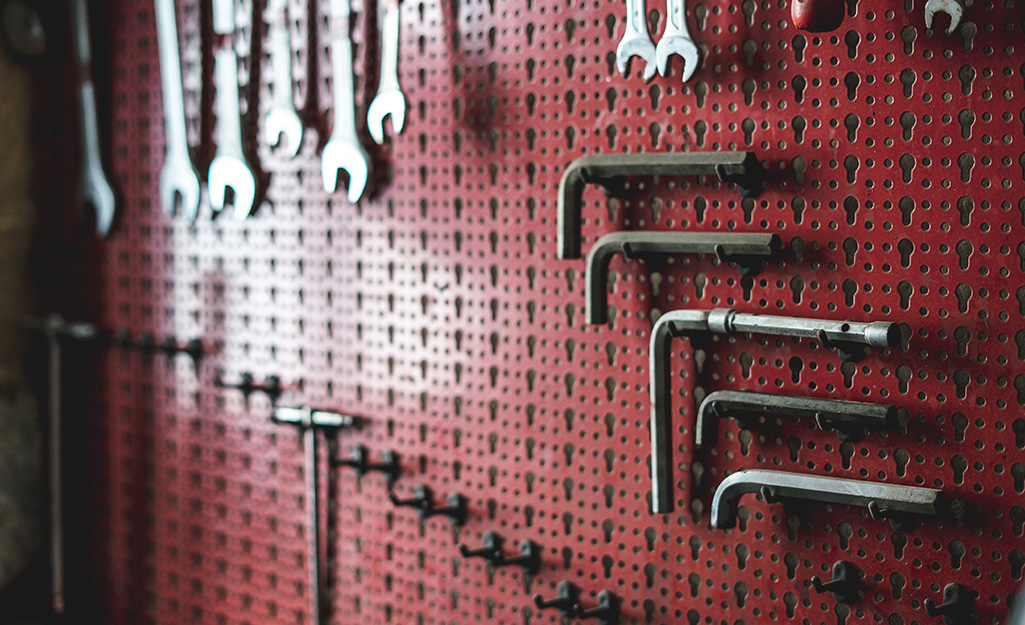
Projects go smoothly when you take the time to gather all of the materials you’ll need ahead of time. Below is a list of what you’ll want to gather before changing your spark plugs:
- Work gloves help protect your hands while working on your engine. Get a pair with rubberized fingers for an extra strong grip.
- Keep rags close at hand to wipe away debris, clean parts or remove gunk and build up
- A spark plug socket is designed to fit on the head of most spark plugs for quick removal and secure placement
- Most spark plug sockets attach well to a 3/8 ratchet to loosen the old plugs from their housing
- A spark plug gap gauge measures pre-gapped spark plugs
- A torque wrench is the most secure way to install new spark plugs
- Lubricant helps your ignition system run smoothly and safely
Open the Hood

- Use a spark plug socket paired with a 3/8 ratchet to loosen and pull the first plug from its housing.
- These sockets are designed to securely grip the spark plugs for effortless removal and may require a socket adapter to use with your current drive tool.
- Discard the old plugs after inspecting for corrosion and confirming they need to be replaced.
Disconnect the Wires
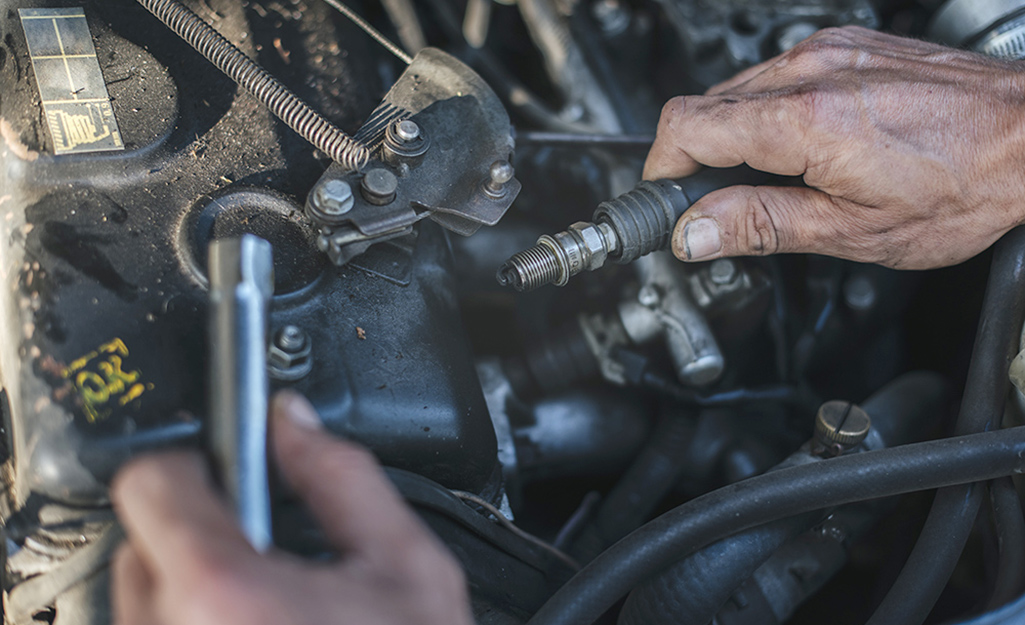
- Open the hood of your vehicle and disconnect the wires from the spark plugs. Follow your owner’s manual for instructions on where the wires are located.
- Carefully inspect the plugs to make sure there is no water or debris around them.
- Wipe them clean, if needed, to make sure nothing falls into the engine cylinder upon removal.
Remove the Old Spark Plugs

- Use a spark plug socket paired with a 3/8 ratchet to loosen and pull the first plug from its housing.
- These sockets are designed to securely grip the spark plugs for effortless removal and may require a socket adapter to use with your current drive tool.
- Discard the old plugs after inspecting for corrosion and confirming they need to be replaced.
Prepare the New Spark Plugs

- Consult your owner’s manual to make sure you purchase the correct spark plugs before installing new ones.
- Some plugs have a special plating to prevent corrosion and ensure the engine cylinder does not seize up. Others will need to be coated with an anti-seize lubricant to ensure smooth installation and cranking.
- Additionally, a pre-gapped model is the best option for those who do not know how to gap a spark plug.
- Use a spark plug gap gauge to make sure the gap specifications match the manufacturer requirements outlined in your owner’s manual.
Tip: If your new spark plugs are not pre-gapped, refer to the included instructions to learn how to set the gap on your new spark plugs.
Install New Spark Plugs
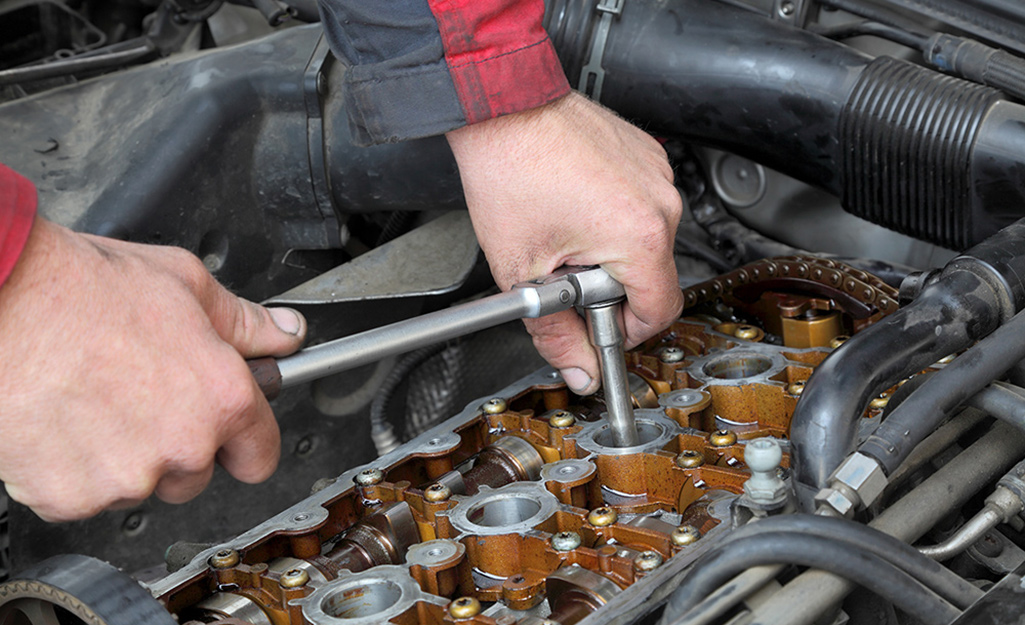
- Make sure the cylinder head is cool to the touch and begin by hand-tightening the plug to reduce the risk of damage.
- Use a torque wrench to finish installing the new spark plugs. Check the instructions included with the new spark plugs to confirm the correct torque specifications.
- Add a bit of lubricant to the inside of the spark plug wire and reattach it to the spark plugs.
Finalize Installation and Check Your Work
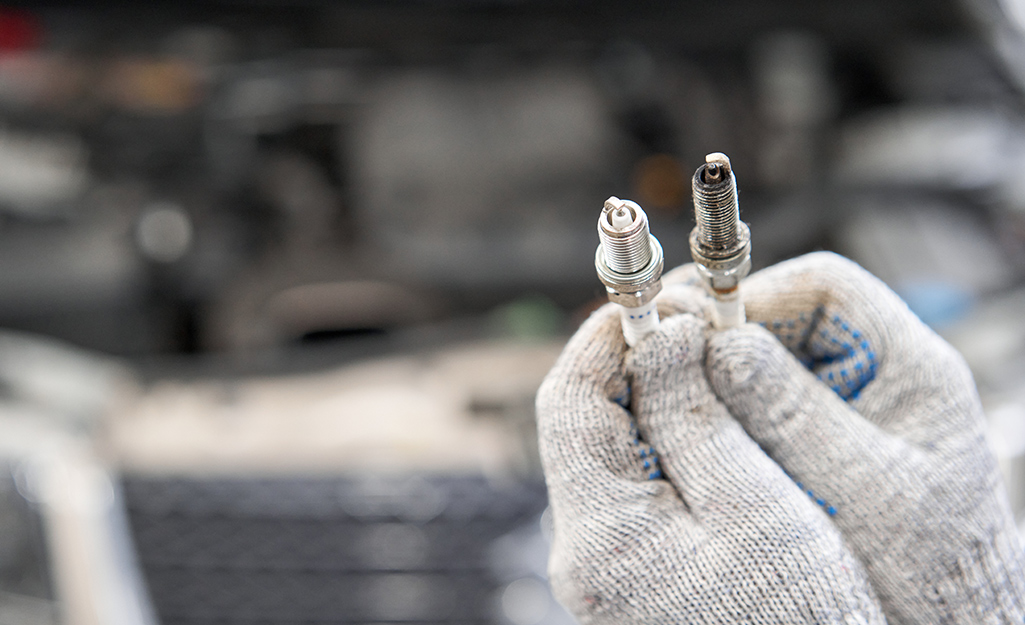
Once you’ve gathered all of your tools and materials, it’s time to open the hood. Each vehicle opens a little differently. Locate your hood release. It’s typically positioned low on the driver’s side dash panel. Once you’ve released the hood, you’ll need to find the lock latch. This is located underneath the hood. Release the latch and lift the hood. Your hood will have a bar to keep it upright while you work. It may also have self-contained lift hinges that allow it to stay upright without support.
Have some turn the ignition to inspect the plug as it’s turned. The spark should be strong and blue. If your engine is still having a hard time turning over, check the wire connections. If you notice any smell, smoke or new mechanical issues, turn the engine off. Double check the spark plugs are installed correctly. If you don’t see any immediate problems with your installation, call a mechanic and get a professional opinion.
Knowing how to change spark plugs is essential and safety must always be a priority. Download The Home Depot Mobile App to find the tools you’ll need for changing spark plugs.
